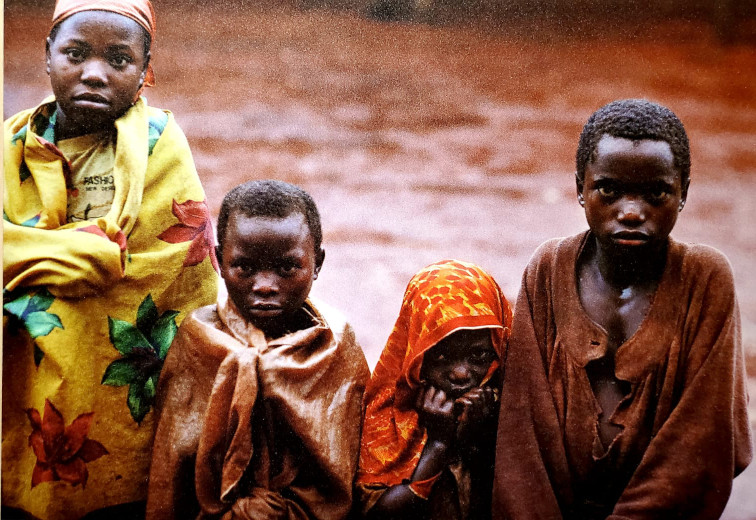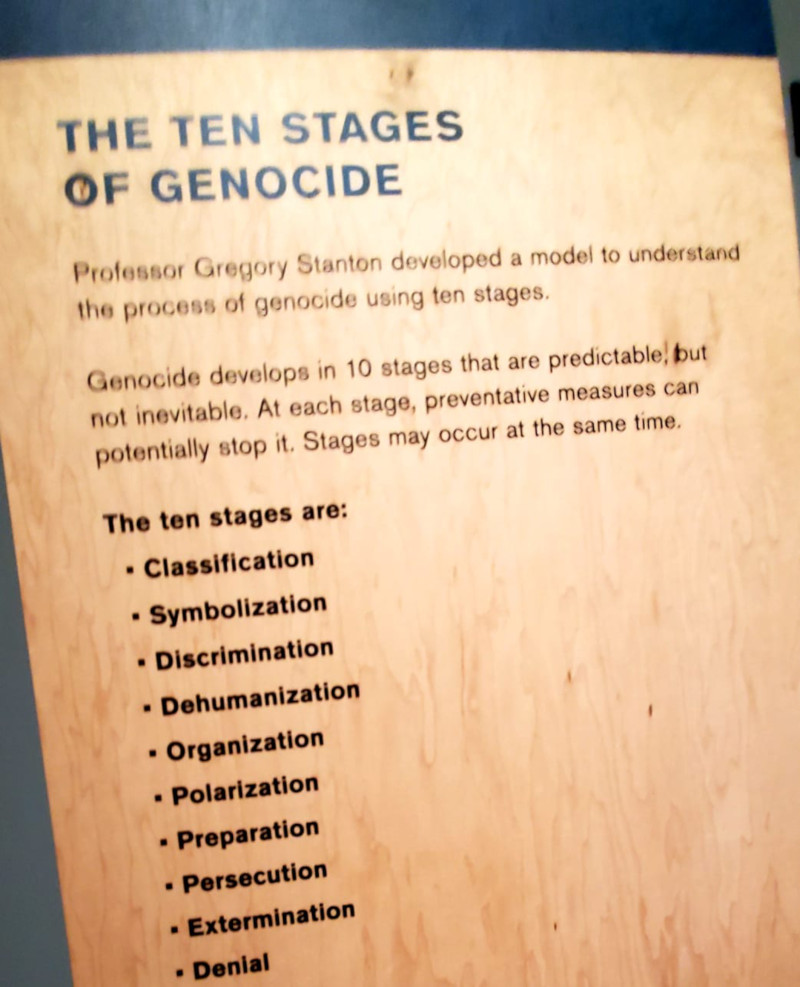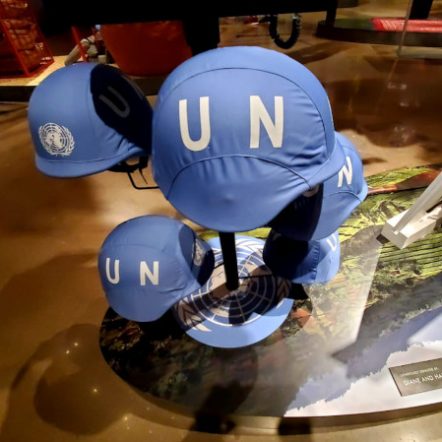Lest the world forgets, the Holocaust and Human Rights Museum in Dallas, Texas opened last September, and among the exhibits on display is the Genocide Against Tutsi, among others.
Kudos to the Jewish Community of Dallas for the construction of this historic reminder of man’s inhumanity to man.

As a Rwandan, entering the Museum is a grim reminder of those 100 dark days in 1994. Even though 25 years has gone by, memories have not faded, nor should they, because if you forget where you have been there is no way in hell you can forge ahead.
The similarities between the Holocaust and the Genocide against Tutsi are noteworthy and strikingly similar. Noted on the wall of the Rwanda exhibit are the Ten Stages of Genocide authored by Professor Gregory Stanton:

Classification – Symbolization – Discrimination – Dehumanization – Organization – Polarization – Preparation – Persecution – Extermination – Denial
Whether in Nazi Germany or in The Land of A Thousands Hills the above ten stages apply with grim reality and shock, and the degree of preparation by the perpetrators shocks the conscience.
What I found particularly similar is how the Nazis and Interahamwe used dehumanization to allow themselves be able to stomach their cruelty. Watching footage of the extermination in Nazi camps in Auschwitz makes you sick to your stomach. I watched similar acts of cowardice by Interahamwe on evening news on national television in the safety of my home in San Francisco. I remember it like it was yesterday. I dare not forget. Our collective memories must remain intact.
In Rwanda the killing was made easier by the national IDs identifying one’s ethnicity. In Germany Jews were forced to wear stripped uniforms, and were branded with numbers as if they were cattle.

As one Nazi officer was branding an elderly Jewish man he asked, “Do you know what this number means?” “No”, replied his victim. “It means you are no longer human, just a number” the Nazi officer responded.
Reacting to the outbreak of the Holocaust, British Prime Minister Winston Churchill said, “We are in the presence of a crime without a name.”
Sadly, even with a name, there have been numerous genocides since the Holocaust, and the world keeps turning a blind eye.
The complicity of the Catholic Church with the Nazis was duplicated in Rwanda in 1994. Evidence of active participation of the clergy in Rwanda is overwhelming. To this day, however the Vatican has not issued a genuine apology beyond mere meaningless words to save face. Talk is cheap.
In 1933, a Concordat (agreement) between the Vatican and Nazi Germany gave the new regime legitimacy. During the Holocaust, Pope Pius XII spoke cautiously, but never directly , against the murder of Jews.
Albert Einstein summed it up well; “The world is a dangerous place to live, not because of the people who are evil, but because of the people who don’t do anything about it.”

Decades later, Martin Luther King put it differently; “In the end we will remember not the words of our enemies but the silence of our friends.”
Rwanda has moved on and has worked on her physical and emotional wounds. It is satisfying to see how much effort has been put in healing and uniting all Rwandans, not once pursuing victor’s justice.
Justice Robert H. Jackson, Chief Counsel for the U.S. at Nuremberg put it succinctly; “The four great nations, flushed with victory and stung with injury, stay the hand of vengeance and voluntarily submit their captive enemies to the judgement of the law is one of the most significant tributes that Power has ever paid to Reason.”
As I was exiting the Museum my body was laden with pain, my heart heavy with sadness until I looked up at the wall and saw these words that keep reverberating in my head:
LIBERATION :
SO SWEET, SO BITTER.

